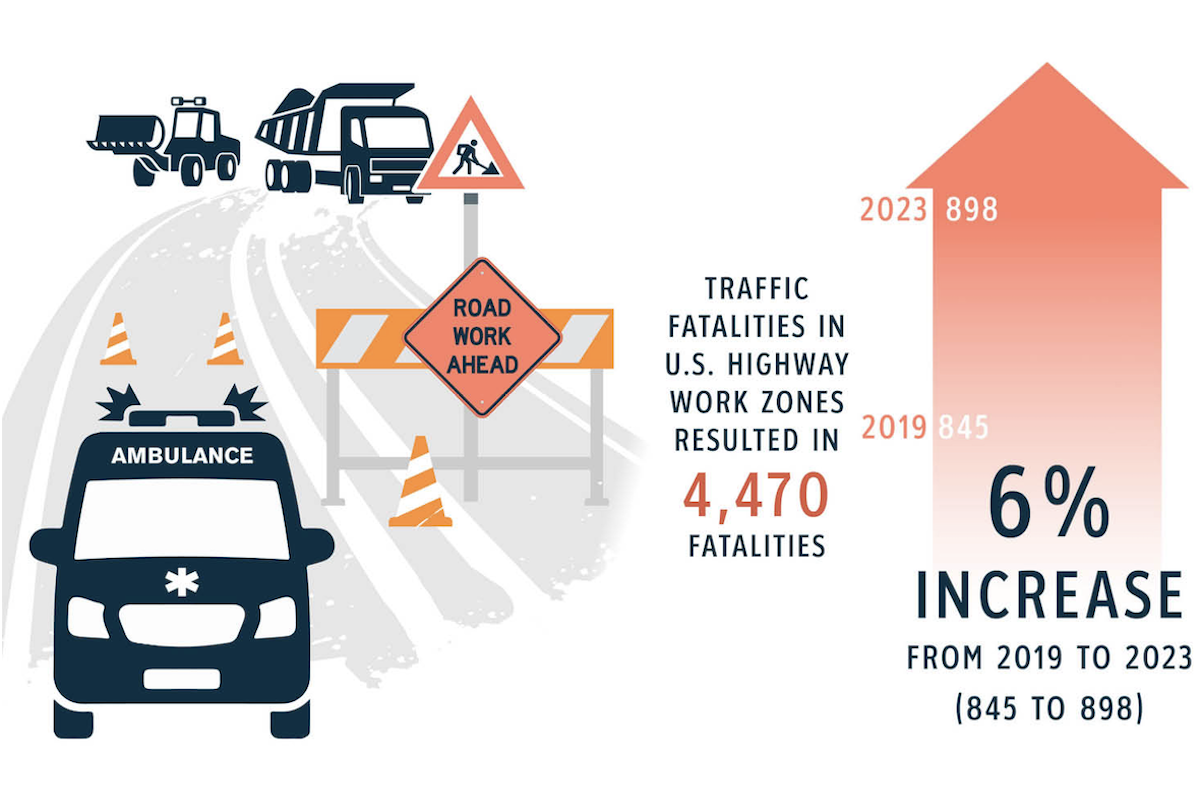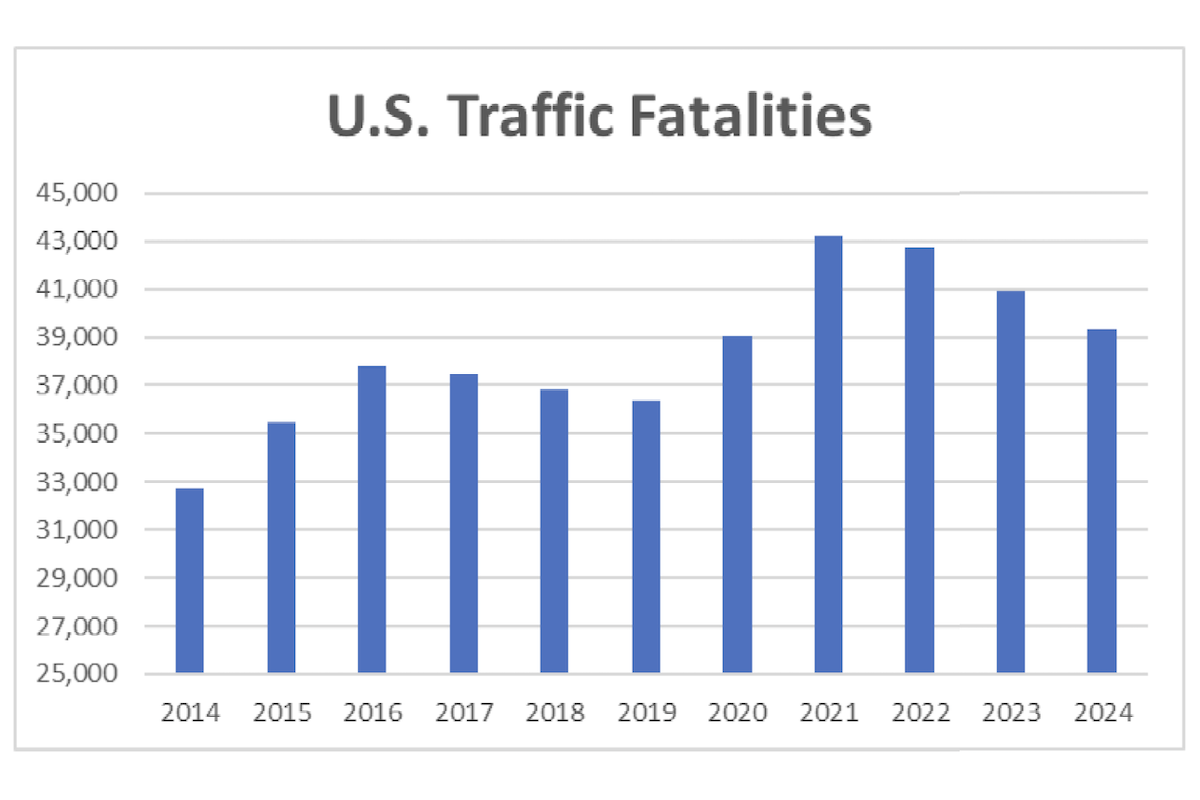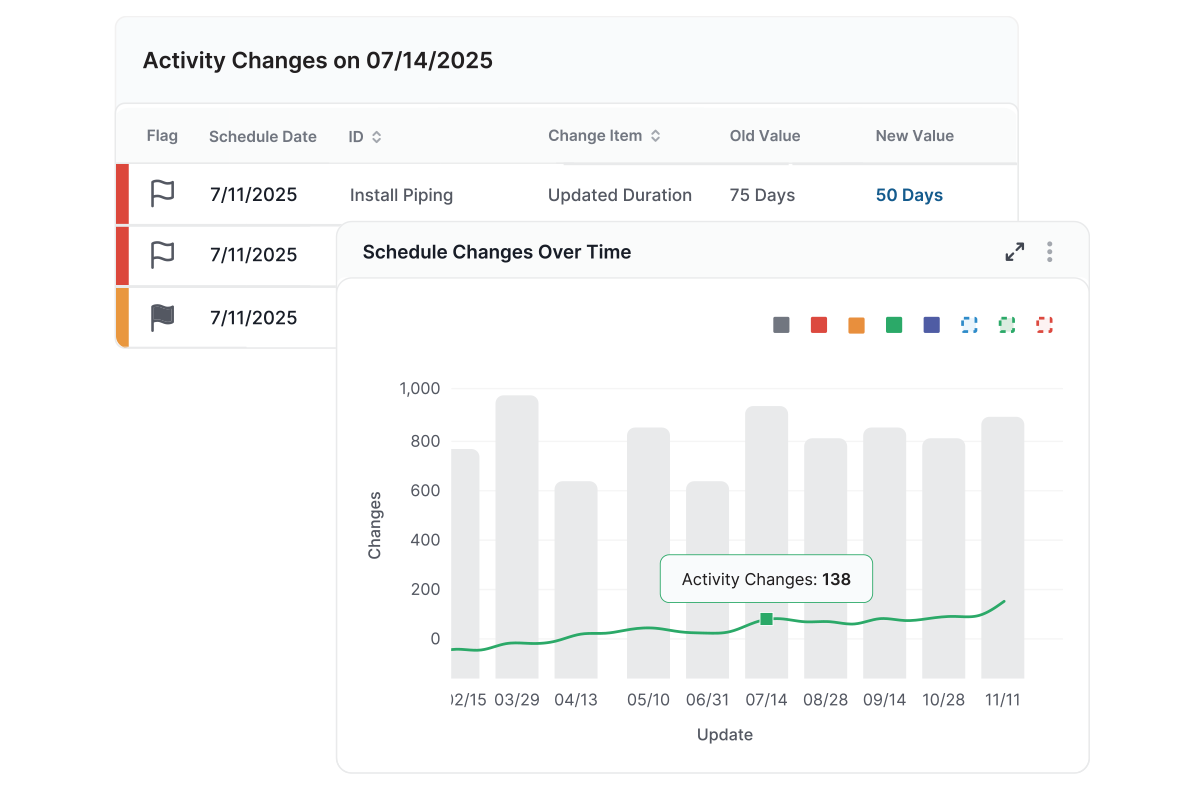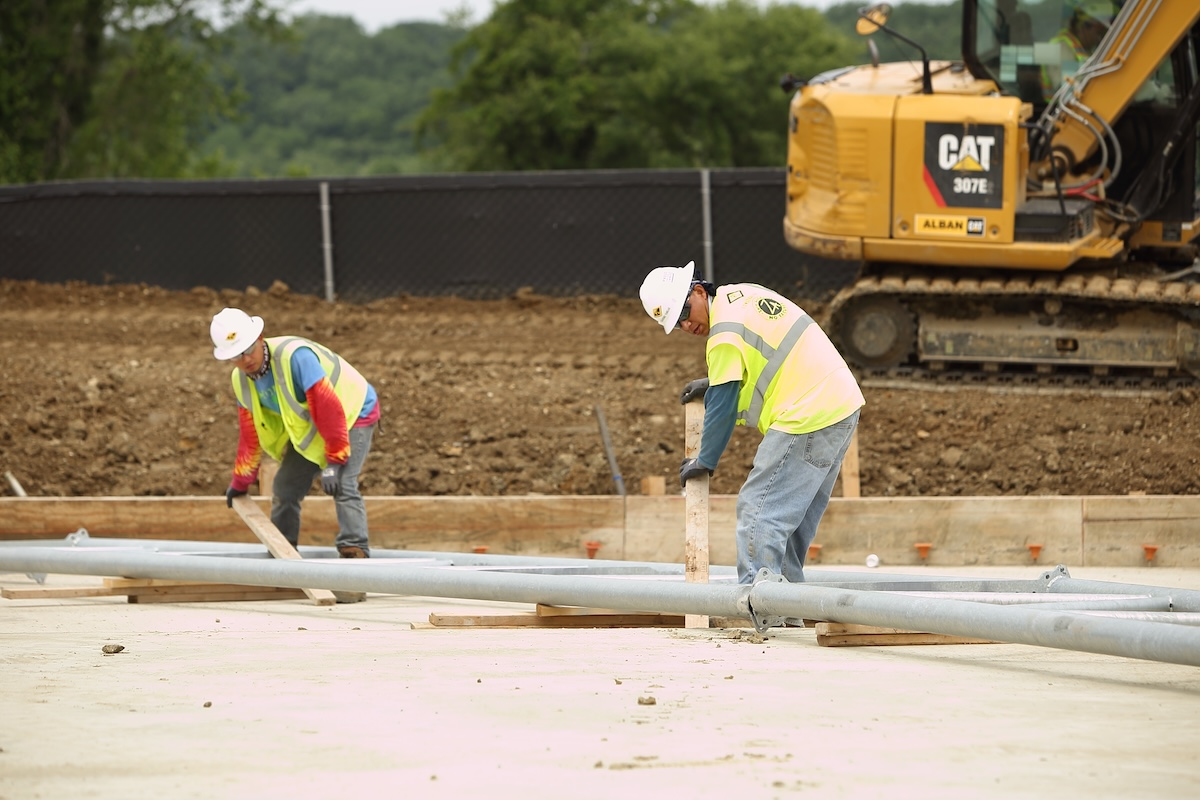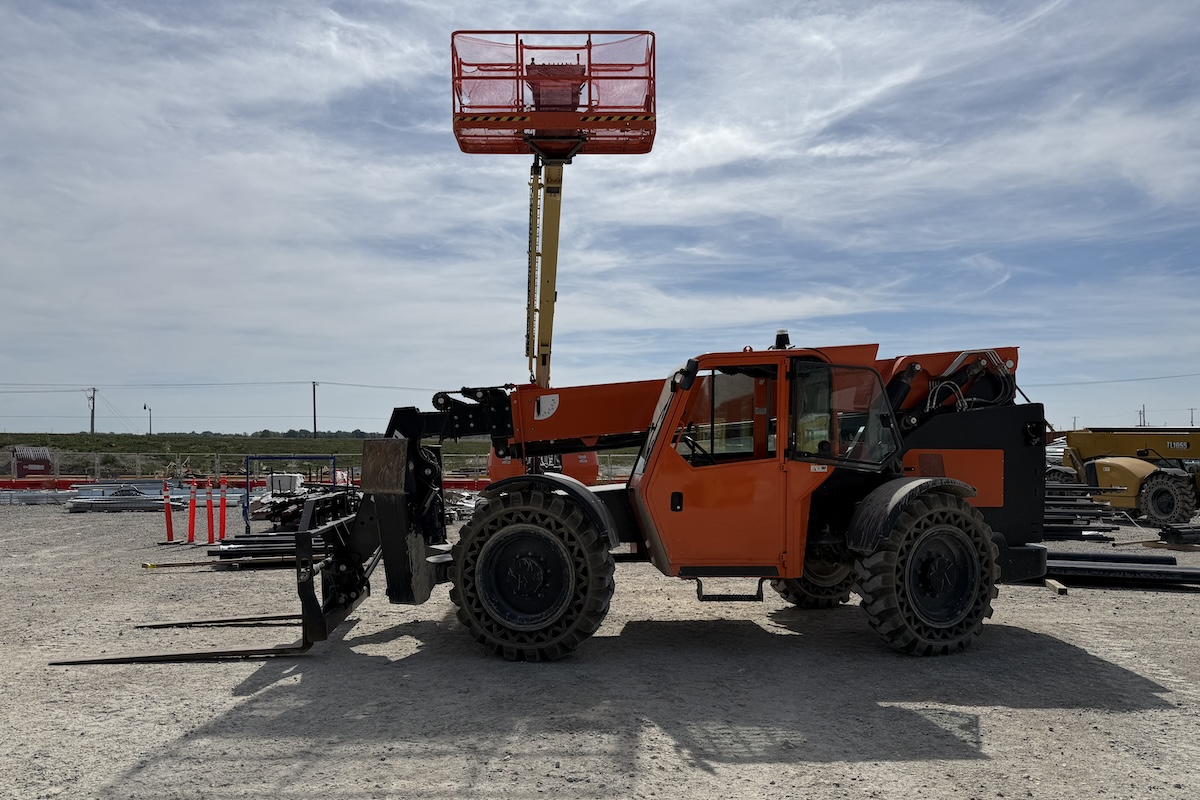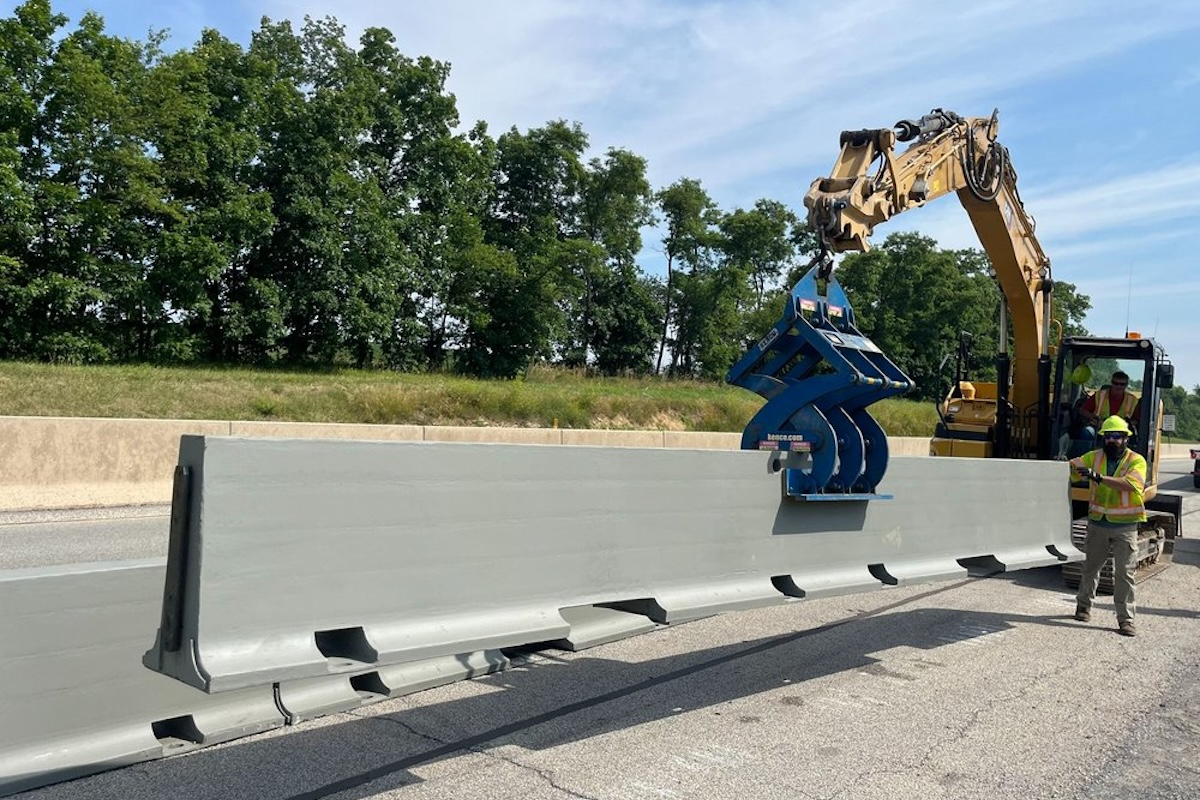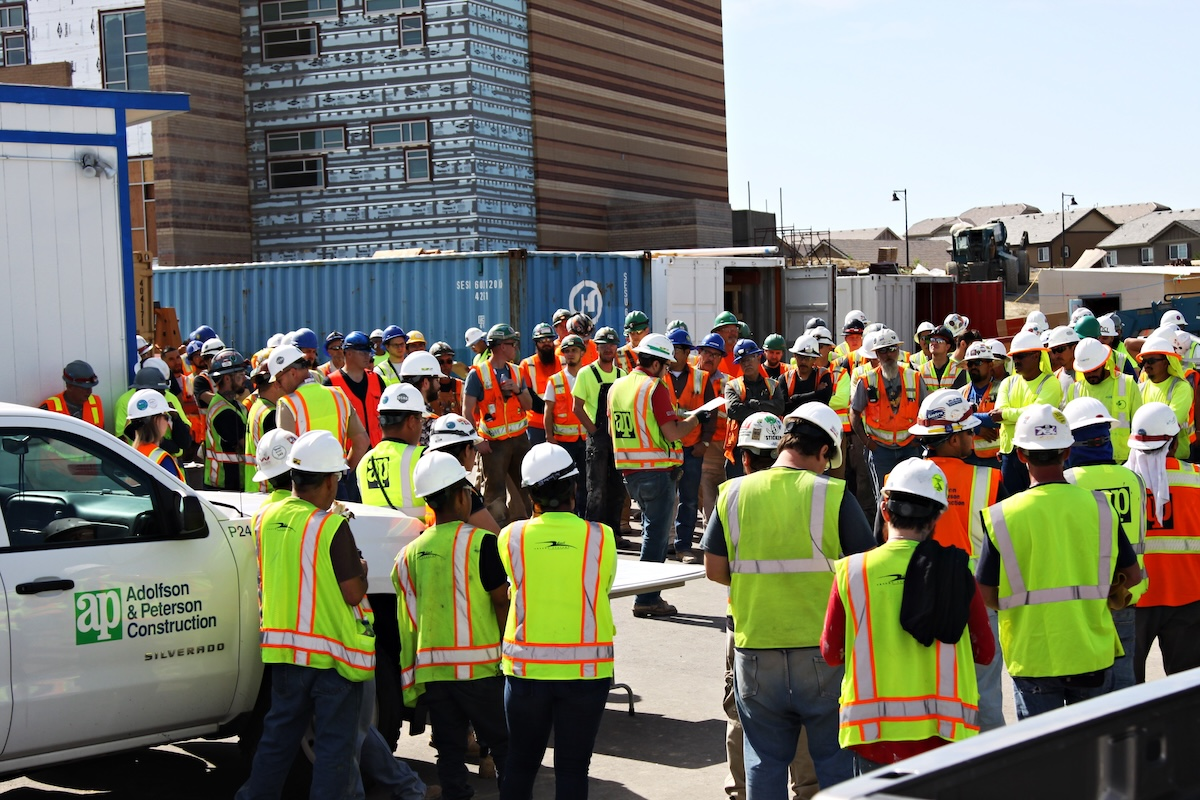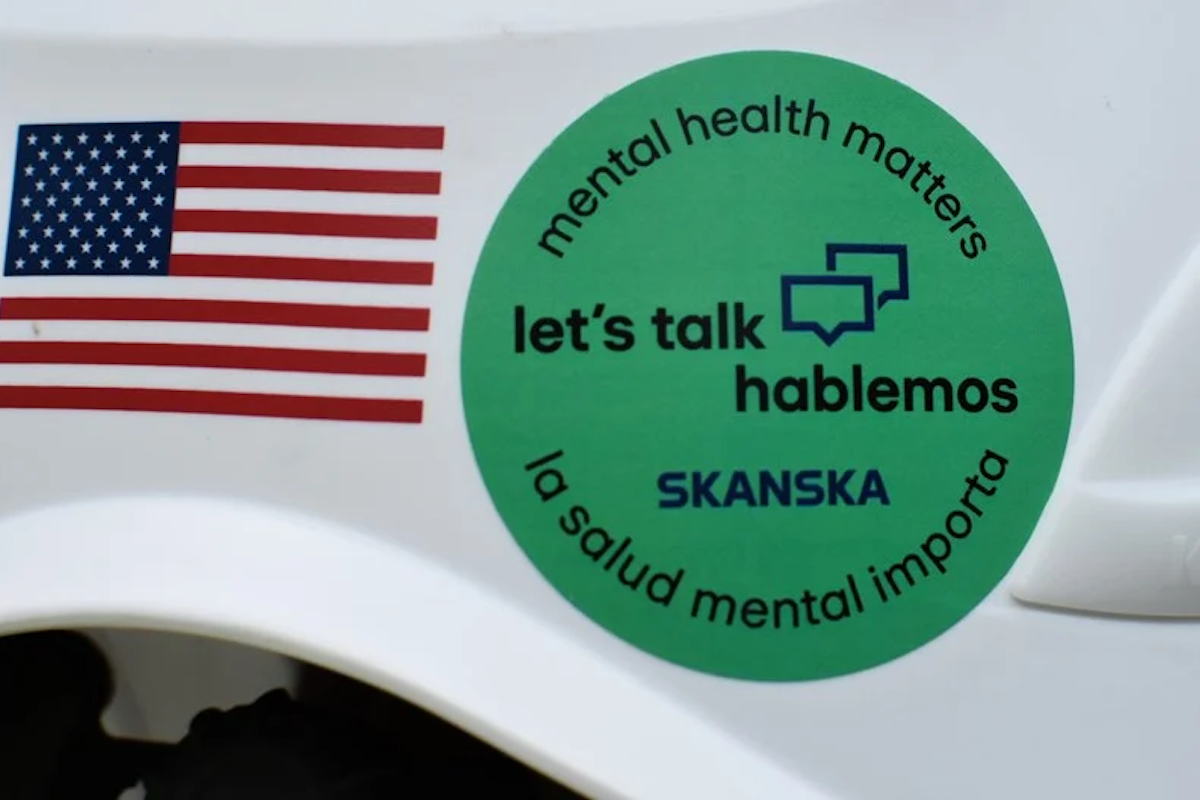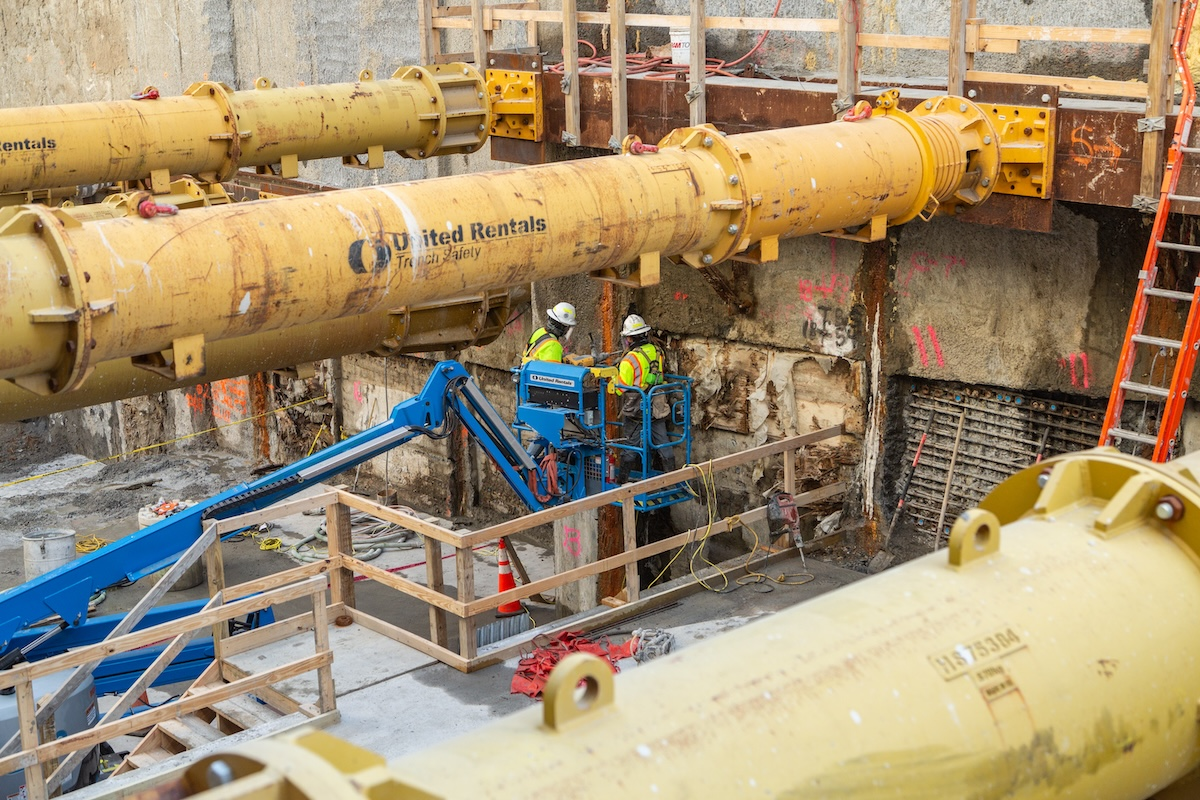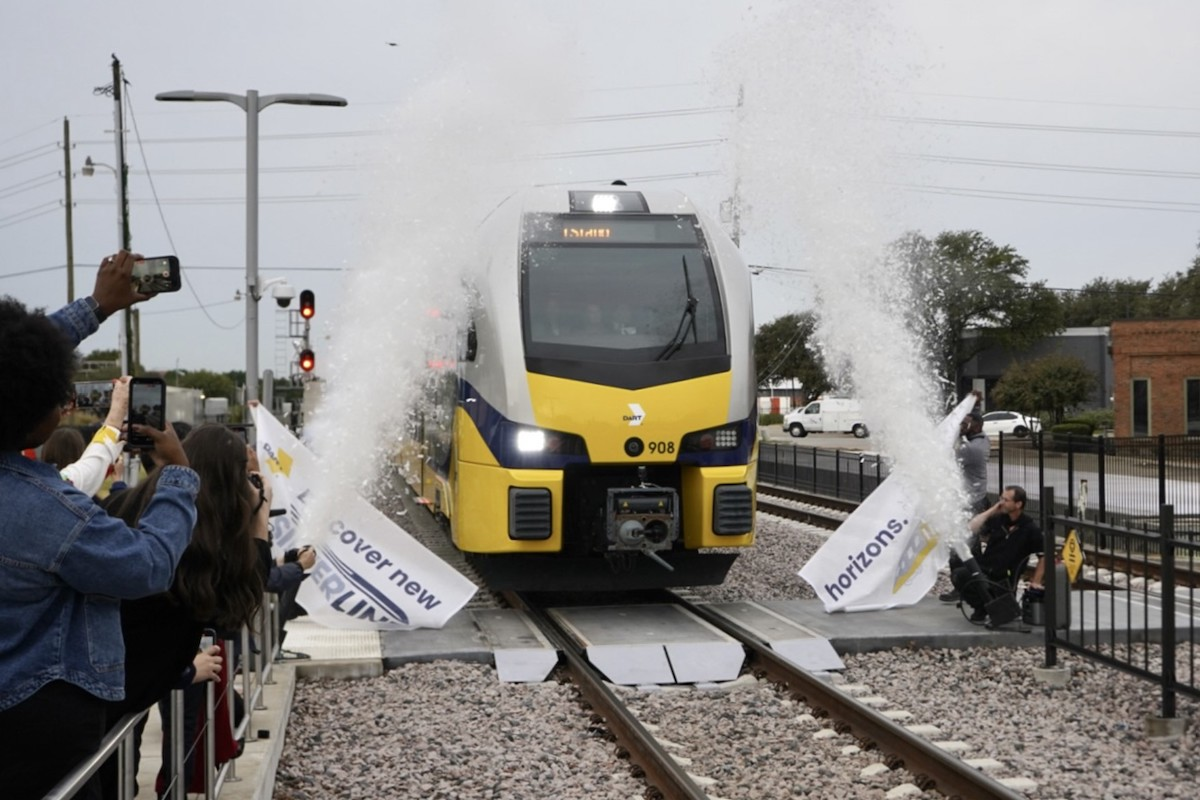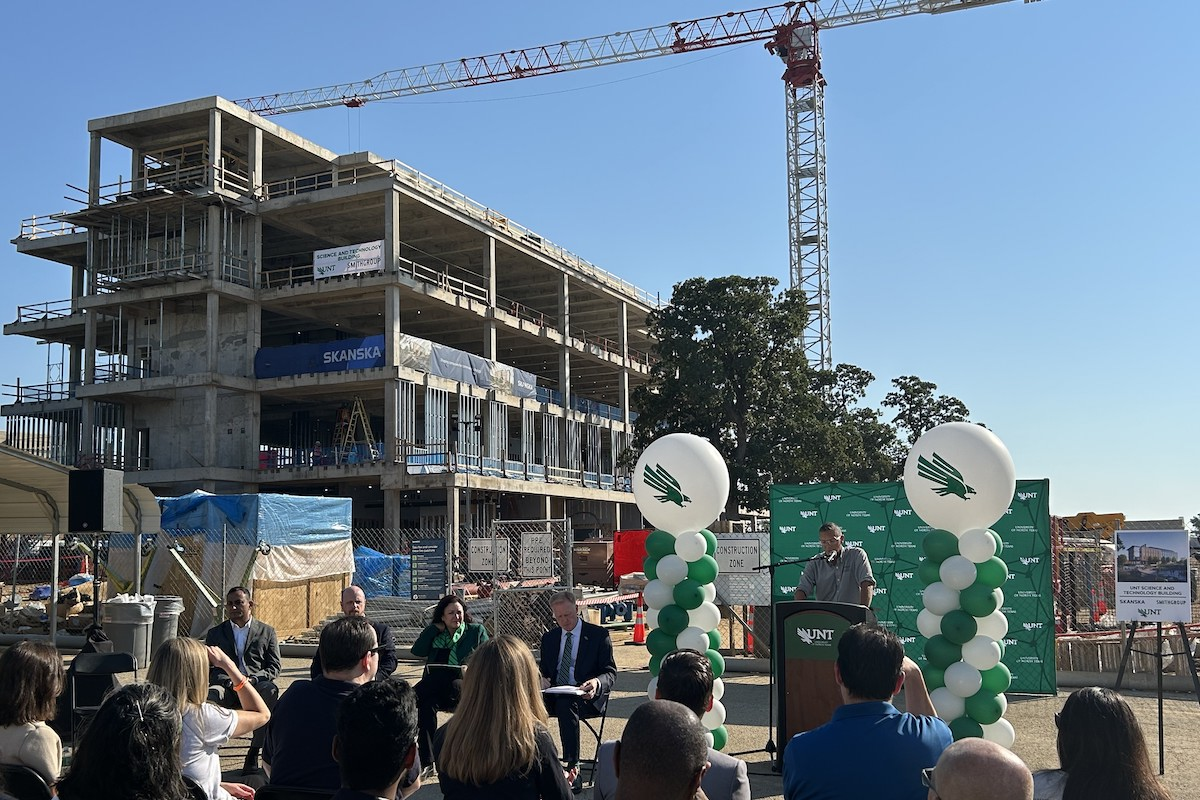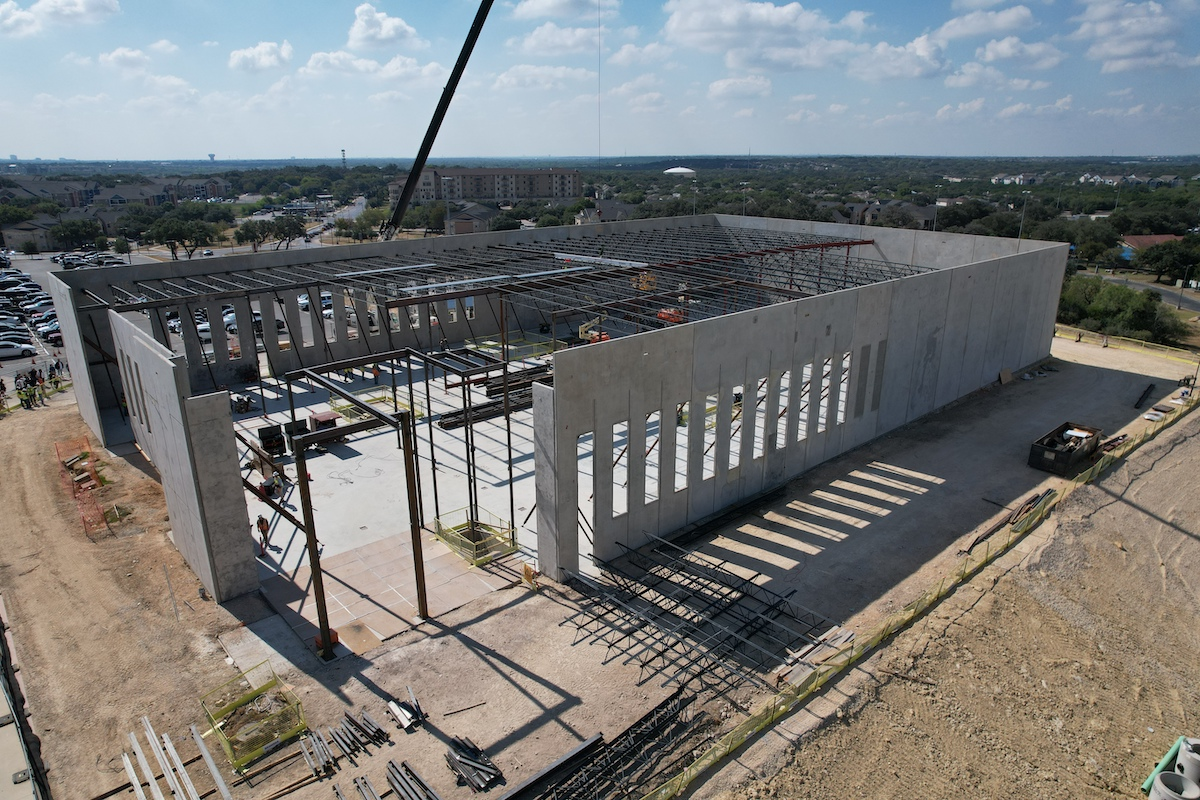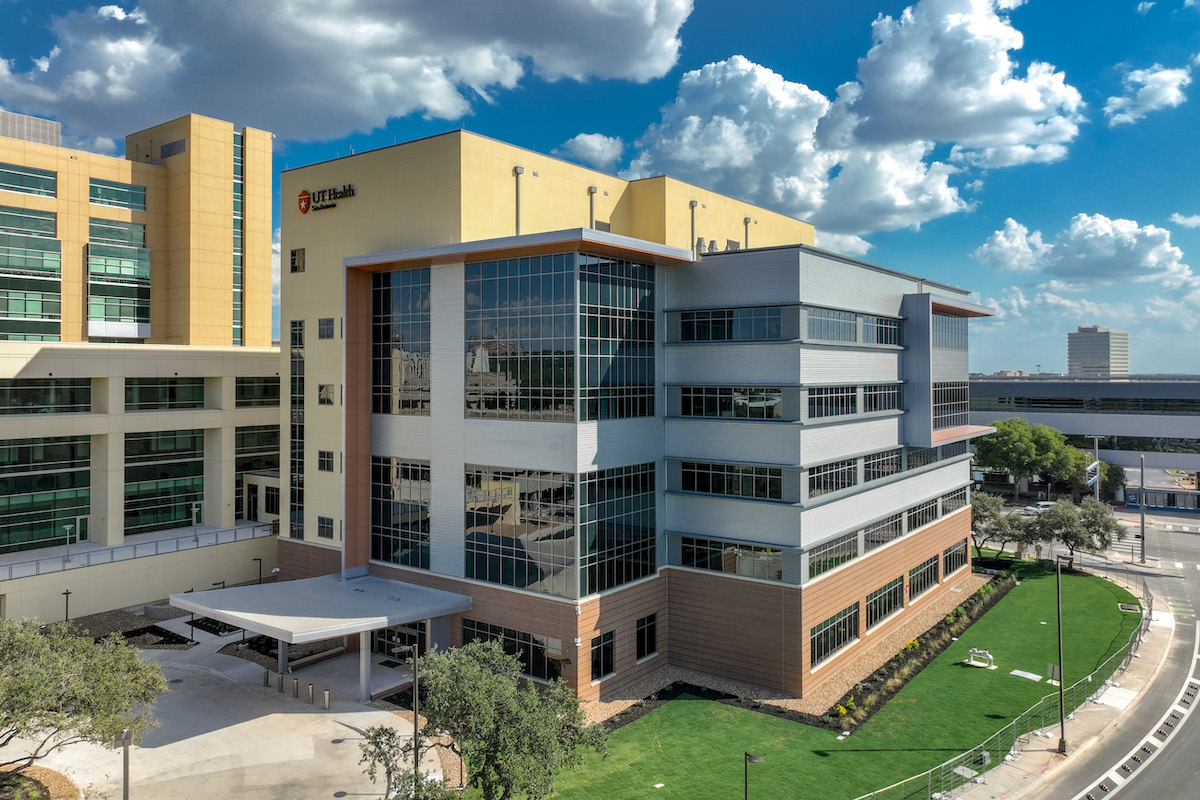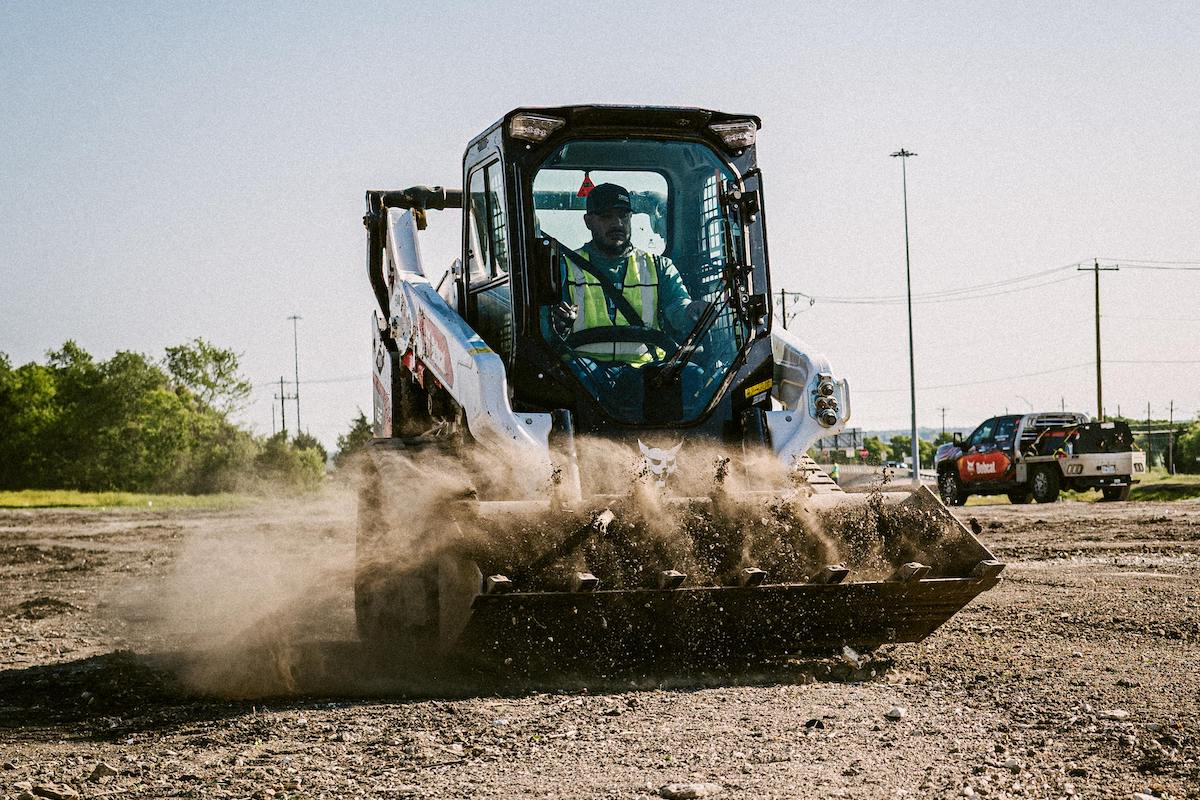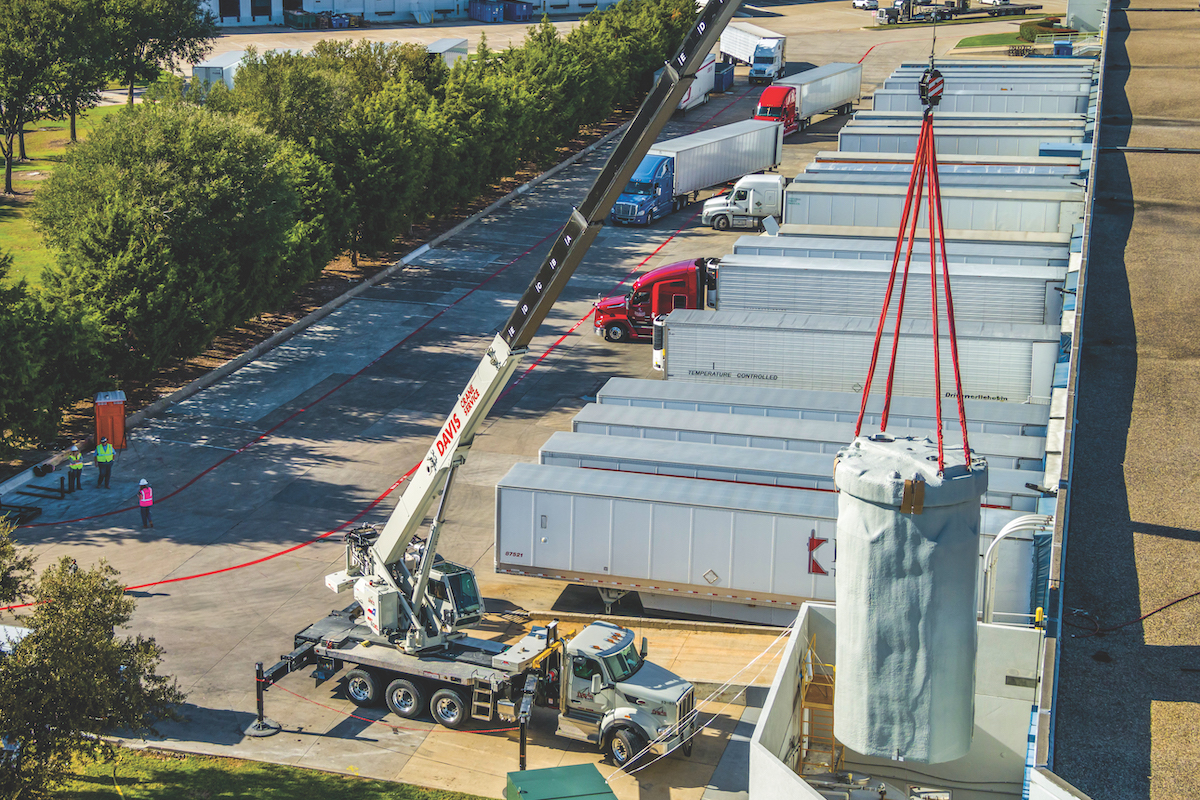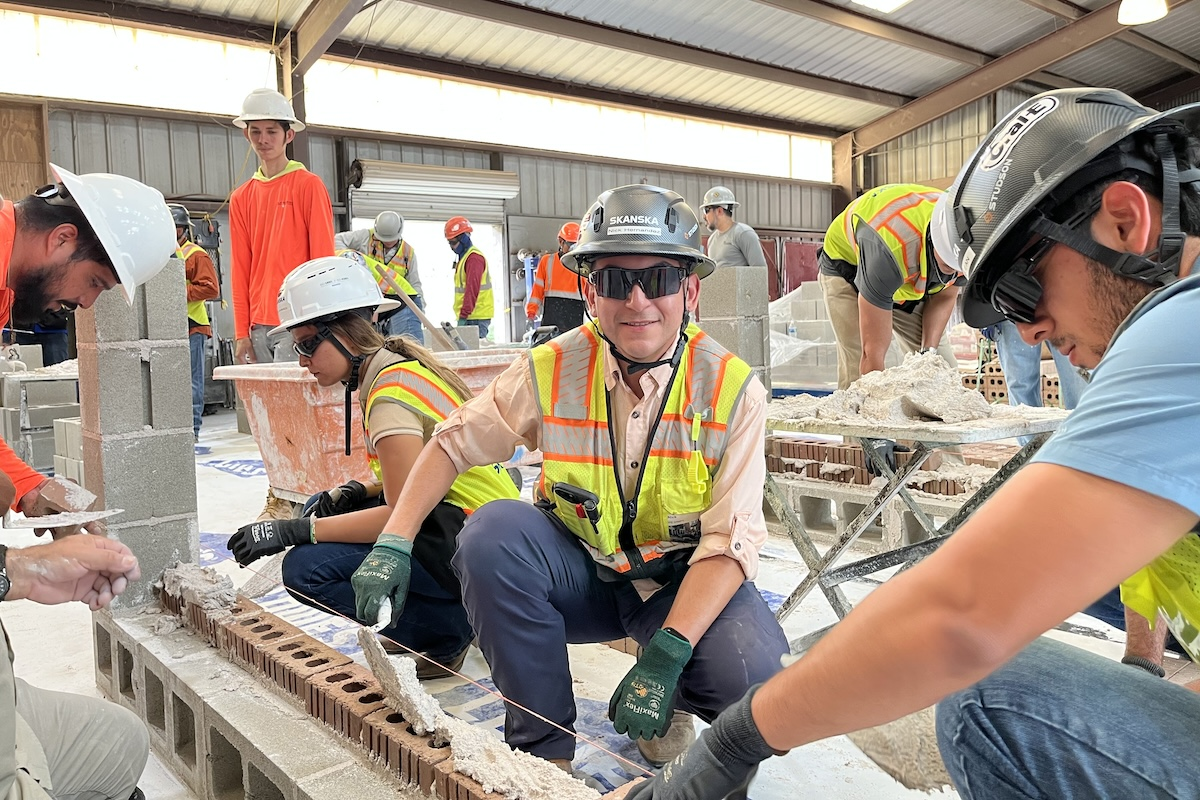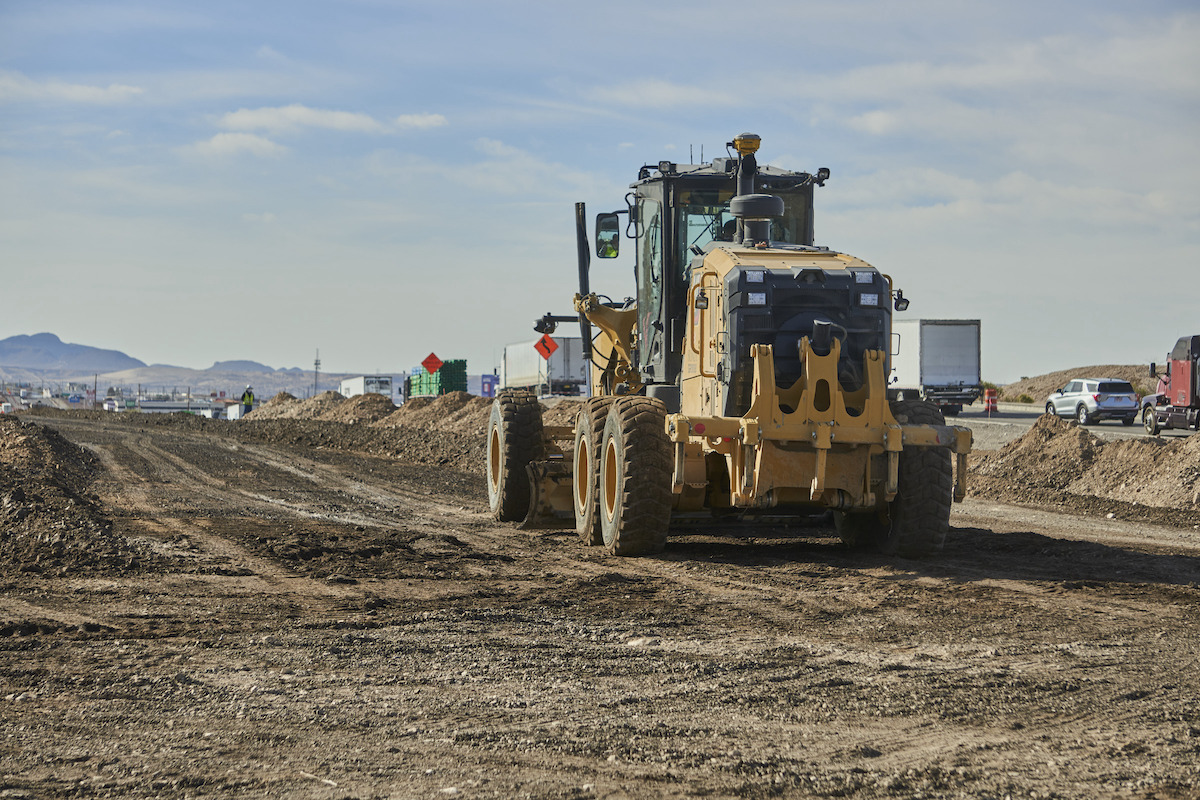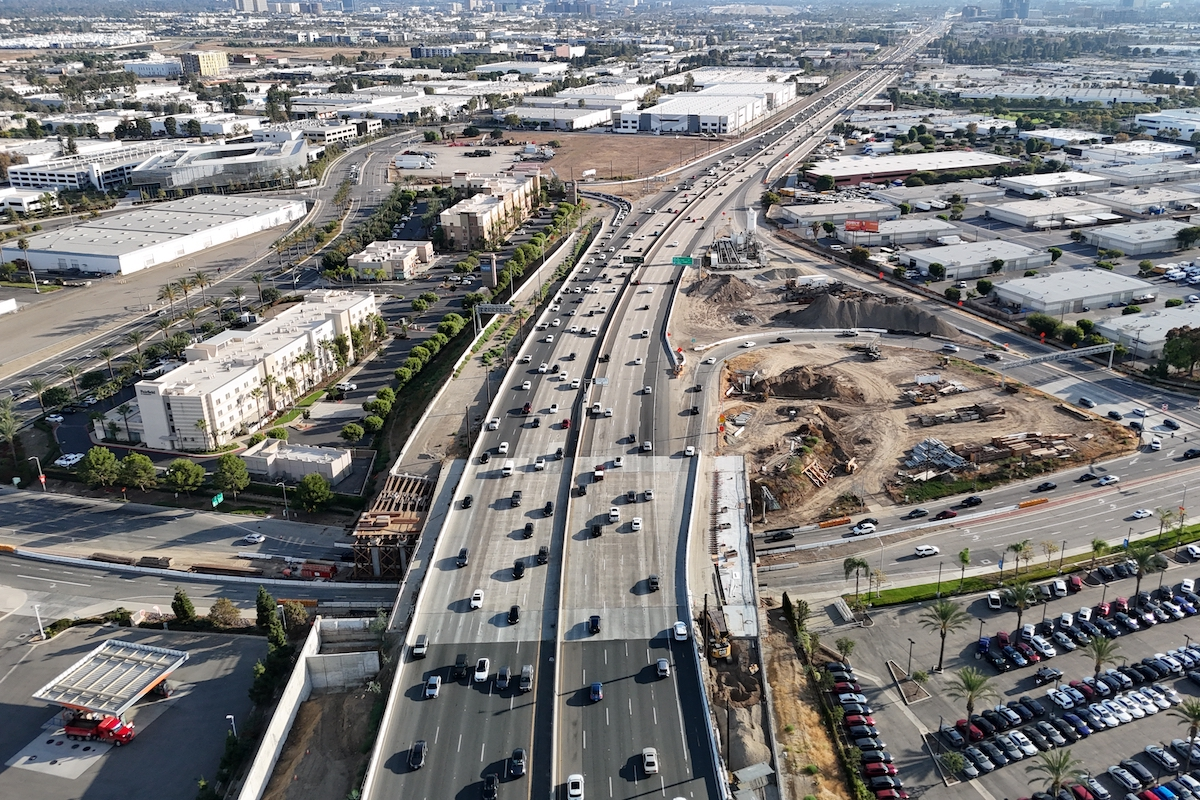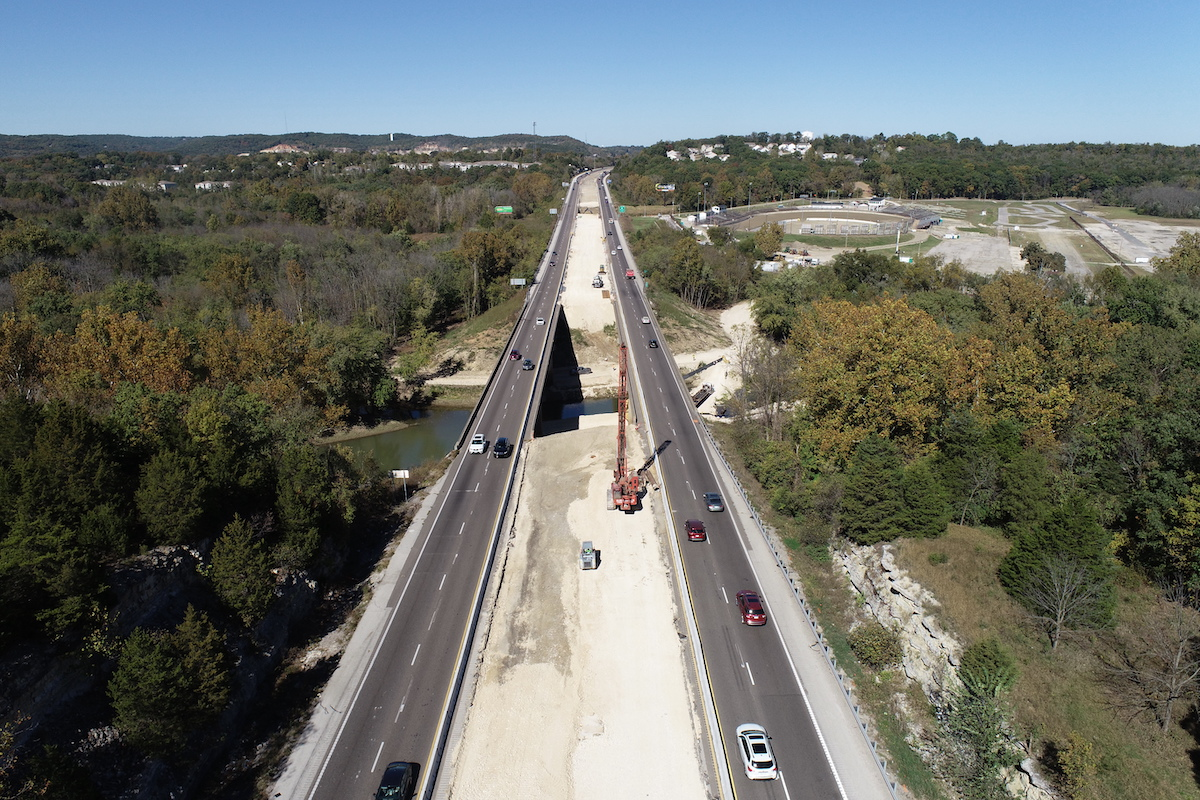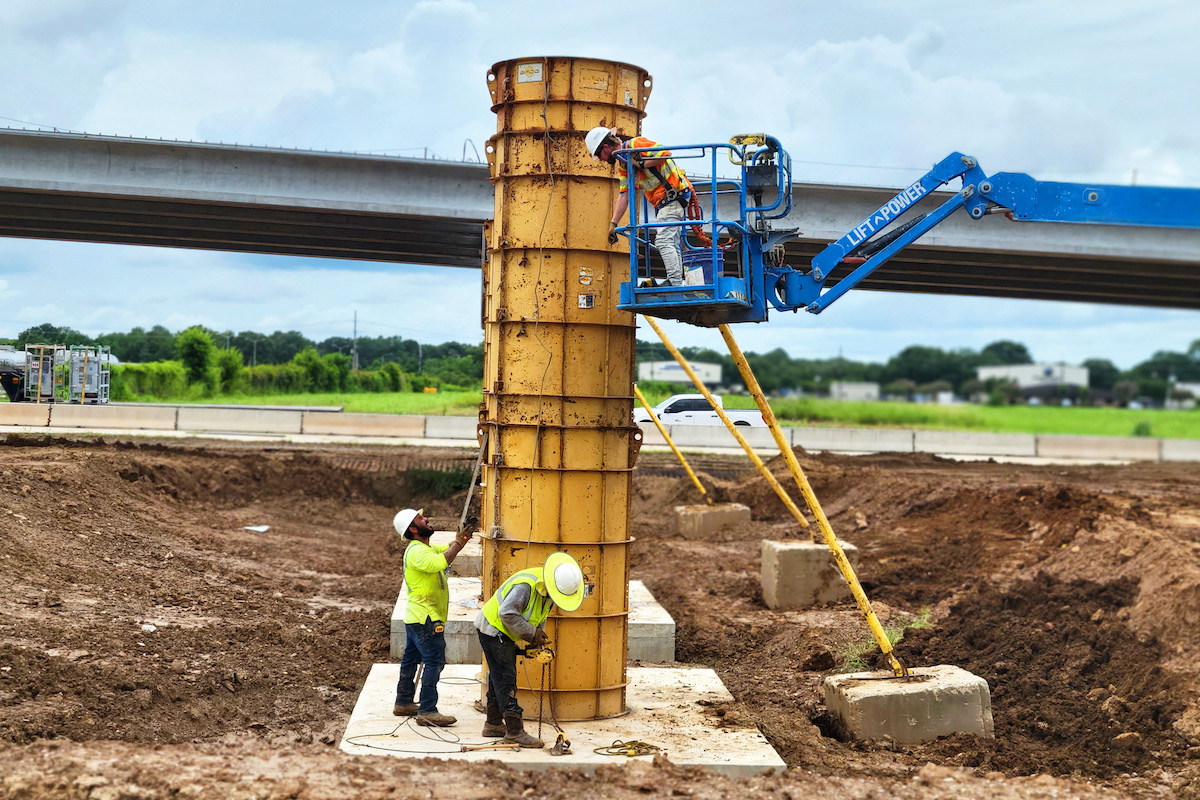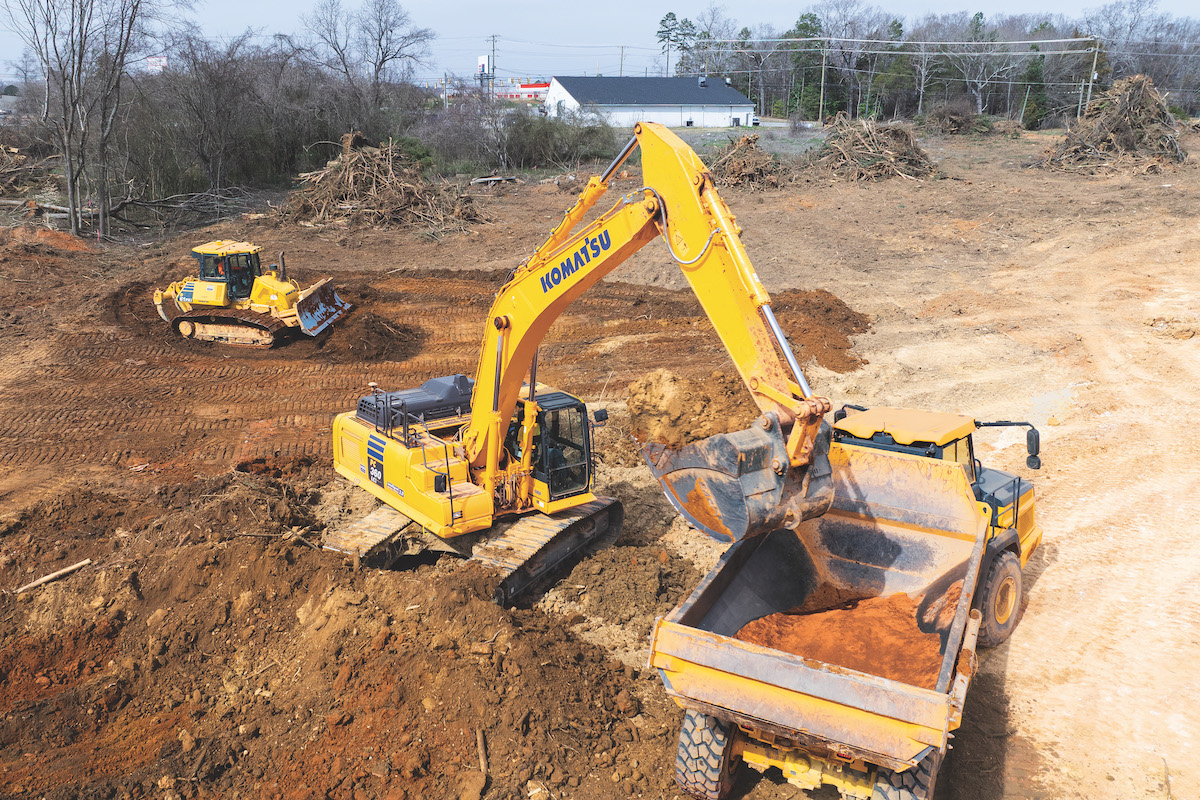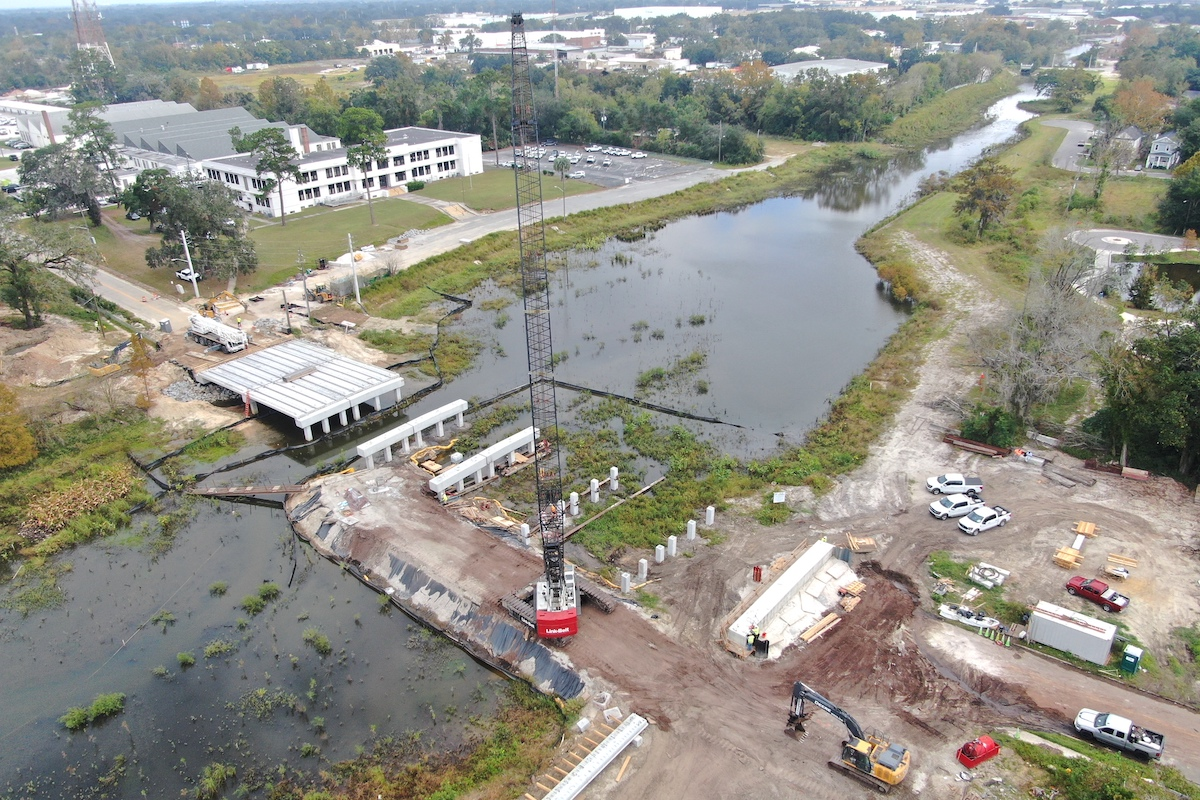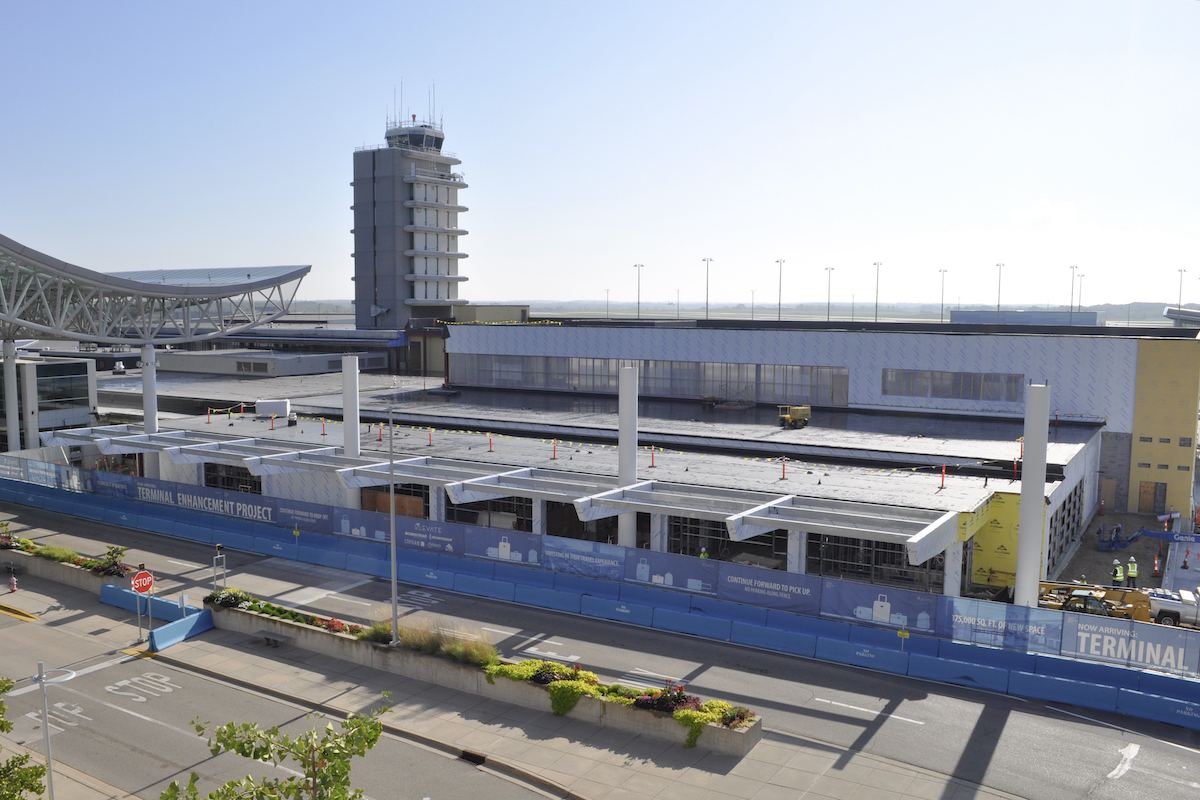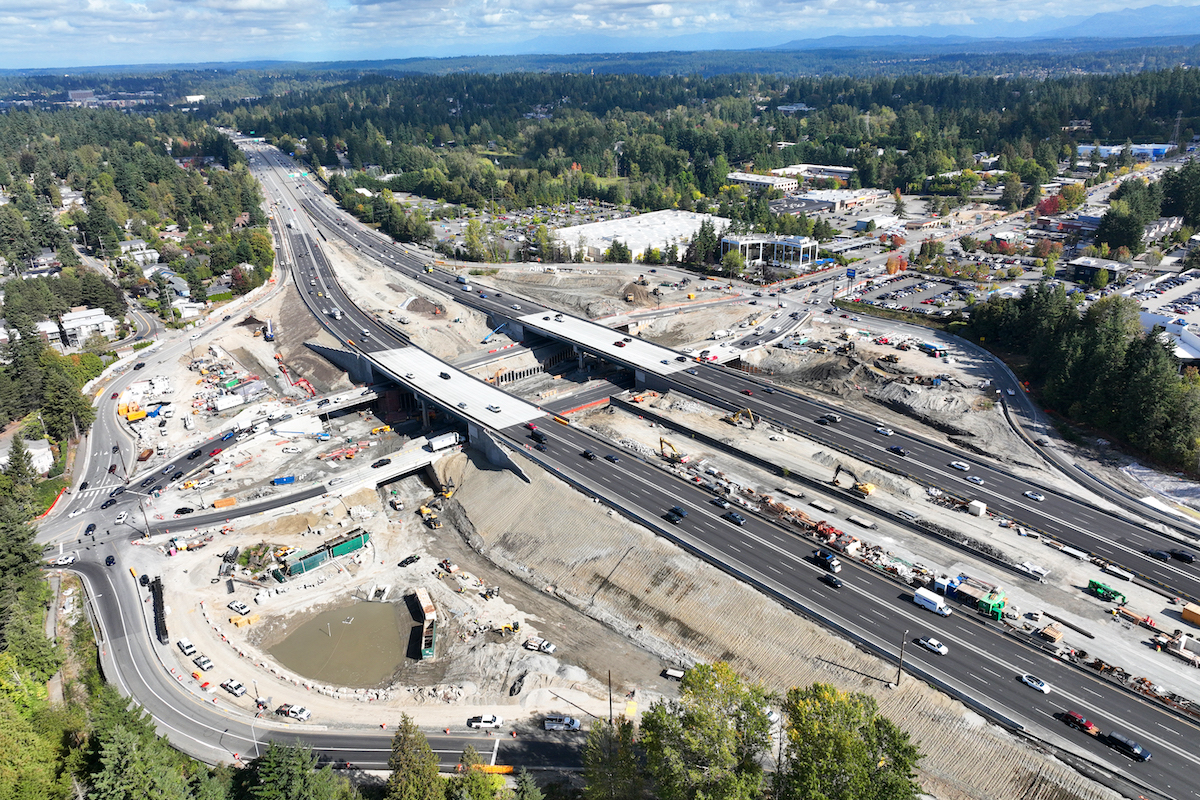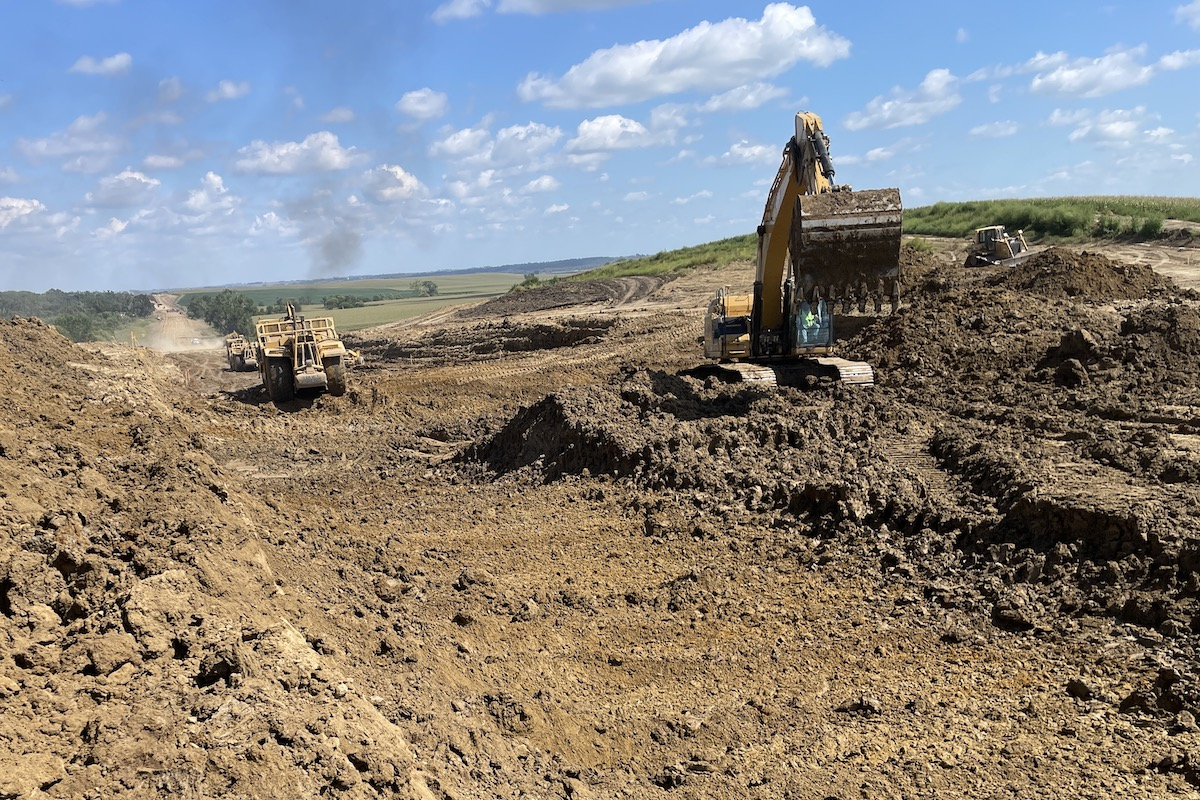U.S. traffic fatalities fell in 2024 for the third straight year after the numbers surged in 2020 and 2021 as the nation grappled with the COVID-19 pandemic. However, despite the decrease over the past three years, traffic fatalities in 2024 remained significantly higher than a decade ago, according to a report by TRIP, a national transportation research nonprofit.
TRIP’s report also found that from 2019 to 2023, crashes in U.S. highway work zones resulted in 4,470 fatalities, increasing six percent from 845 in 2019 to 898 in 2023.
The report, “Addressing America’s Traffic Safety Crisis: Examining the Causes of Increasing U.S. Traffic Fatalities and Identifying Solutions to Improve Traffic Safety,” documents trends in traffic fatalities from 2014 to 2024 at the national and state levels; examines causes for the increase in traffic fatalities; and prescribes a broad, comprehensive approach to reducing traffic fatalities in the U.S.
TRIP noted that the significant increase in traffic fatalities since the onset of the pandemic appears largely related to increased risks being taken by drivers. In an October 2021 report, the National Highway Traffic Safety Administration (NHTSA) found that “after the declaration of the public health emergency in March 2020, driving patterns and behaviors in the United States changed significantly. Of the drivers who remained on the roads, some engaged in riskier behavior, including speeding, failure to wear seat belts, and driving under the influence of alcohol or drugs.”
After the sharp increase in traffic fatalities at the beginning of the pandemic, U.S. fatalities have fallen each year from 2022 through 2024. Despite that progress, in the decade from 2014 to 2024, the number of U.S. traffic fatalities is up 20 percent and the fatality rate per 100 million vehicle miles of travel increased 11 percent.

| Your local Broce Broom dealer |
|---|
| Nueces Power Equipment |
Traffic crashes result in a significant economic burden. According to a 2023 NHTSA report, the tangible economic costs of traffic crashes include medical care, lost productivity, legal and court costs, insurance administrative costs, workplace costs, congestion impacts (travel delay, excess fuel consumption, and pollution), emergency services, and property damage. NHTSA has also estimated the annual value of the lost quality-of-life cost of traffic crashes causing serious injury or death. Those costs include the loss of remaining lifespan, extended or lifelong physical impairment, or physical pain.
Based on NHTSA’s traffic crash cost methodology, TRIP estimates that fatal and serious traffic crashes in 2024 caused a total of $1.83 trillion in the value of societal harm, which includes $455 billion in economic costs and $1.38 trillion in quality-of-life costs.
To combat the increase in fatalities, in 2022 the U.S. Department of Transportation adopted a comprehensive National Roadway Safety Strategy, a roadmap for addressing the nation’s roadway safety crisis based on a Safe System approach, which is also being adopted by state and local transportation agencies. The objectives and elements of the approach include:
Safer People
Encourage safe, responsible behavior through education on speeding, impaired driving, and safe pedestrian and bicycling behavior; extension of safety belt laws and enforcement; and enhanced enforcements and penalties for speeding and impaired, aggressive, or distracted driving.

| Your local Takeuchi Mfg Ltd dealer |
|---|
| Nueces Power Equipment |
| Kirby-Smith Machinery |
Safer Roads
Design roadway environments to mitigate human mistakes, account for injury tolerances, encourage safer behaviors, and facilitate safe travel by the most vulnerable users.
Safer Vehicles
Expand the availability of vehicle systems and features that help prevent crashes and minimize the impact of crashes on both occupants and non-occupants. Support the development, testing, and deployment of connected and autonomous vehicle technologies such as collision avoidance, lane departure avoidance systems, and turning detection systems.
Safer Speeds
Where appropriate, provide roadway features to encourage safer speeds, including traffic roundabouts and curb extensions; improved signage and dynamic speed signing at high-risk locations; education on the consequences of speeding; and increased speeding enforcement, particularly at high-risk locations.
Post-Crash Care
Enhance the survivability of crashes through expedient access to emergency medical care, create a safe working environment for first responders by preventing secondary crashes through robust traffic incident management practices, and increase access to level one or level two trauma centers for seriously injured crash victims.

| Your local Stewart-Amos dealer |
|---|
| Closner Equipment Co Inc |
Consistent with the Safe System approach, TRIP said that safety at highway work zones can be improved by implementing a comprehensive strategy that includes:
- Ensuring a proper work zone layout
- Prioritizing work zone safety training
- Ensuring the use of high-visibility safety apparel and appropriate traffic control devices
- Creating an internal traffic control plan
- Implementing strategies to reduce aggressive driving
“State departments of transportation across the country are encouraged to see progress in driving down roadway fatalities, but we still have so far to go,” said Jim Tymon, Executive Director of the American Association of State Highway and Transportation Officials (AASHTO). “While safety has always been the top priority for state DOTs, AASHTO members continue to look for ways to make impactful changes. State DOTs are focusing on ‘centering safety,’ or ensuring safety is at the center of every action they take. As we look to the next federal surface transportation reauthorization, we see an opportunity to make robust investments in our transportation networks and build on the successes we have seen the last few years in reducing the number of roadway fatalities.”
Increasing investment in roadway safety improvements is likely to pay off in the form of reduced fatal and serious traffic crashes. The U.S. has a $146 billion backlog in needed roadway safety improvements, according to a 2017 report from the AAA Foundation for Traffic Safety. The report found that implementing cost-effective and needed safety improvements on U.S. roadways would save approximately 63,700 lives and reduce the number of serious injuries as a result of traffic crashes by approximately 350,000 over a 20-year period.
“While it is good news that the number of traffic fatalities is trending downward in recent years, the sharp increase in traffic fatalities over the past decade must be addressed,” said Dave Kearby, TRIP’s Executive Director. “Making a commitment to eliminating fatal and serious injuries on the nation’s roadways will require robust investment and coordinated activities by transportation and safety-related agencies in providing the needed layers of protection for the nation’s motorists, pedestrians, and bicyclists, including safe road users, safe roads, safe vehicles, safe speeds, and high-quality post-crash care.”

| Your local Liebherr Construction Eq dealer |
|---|
| Nueces Power Equipment |
To read TRIP’s full report, visit tripnet.org.
Graphics courtesy of TRIP.

